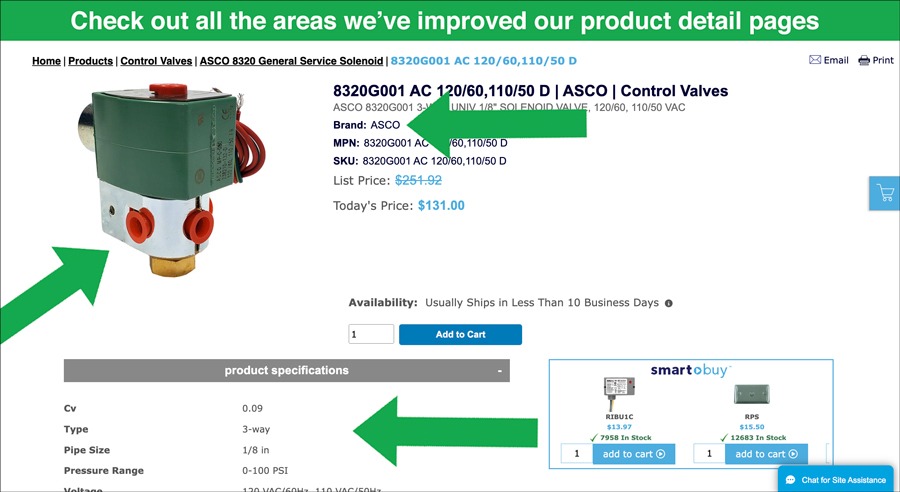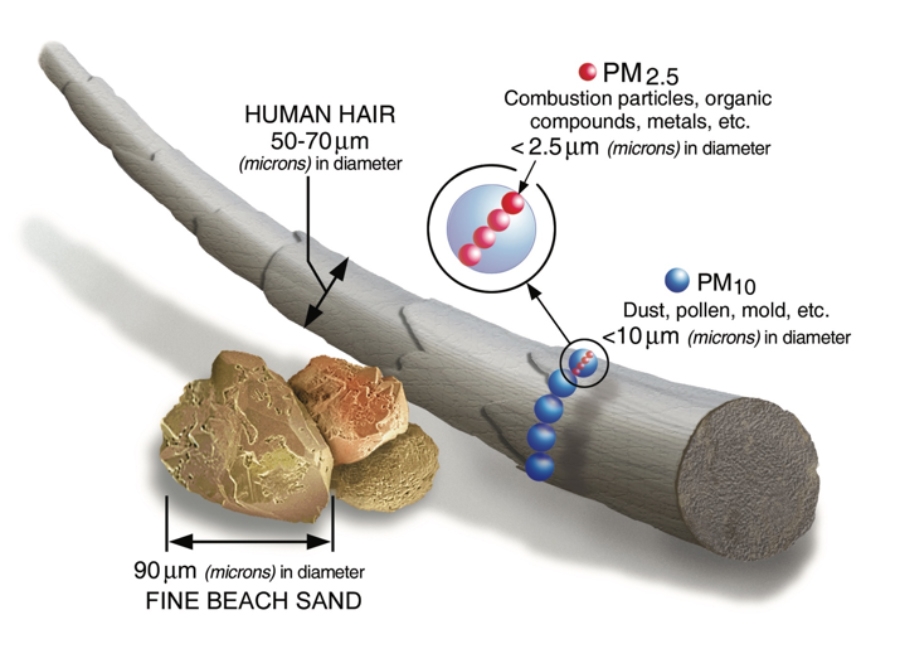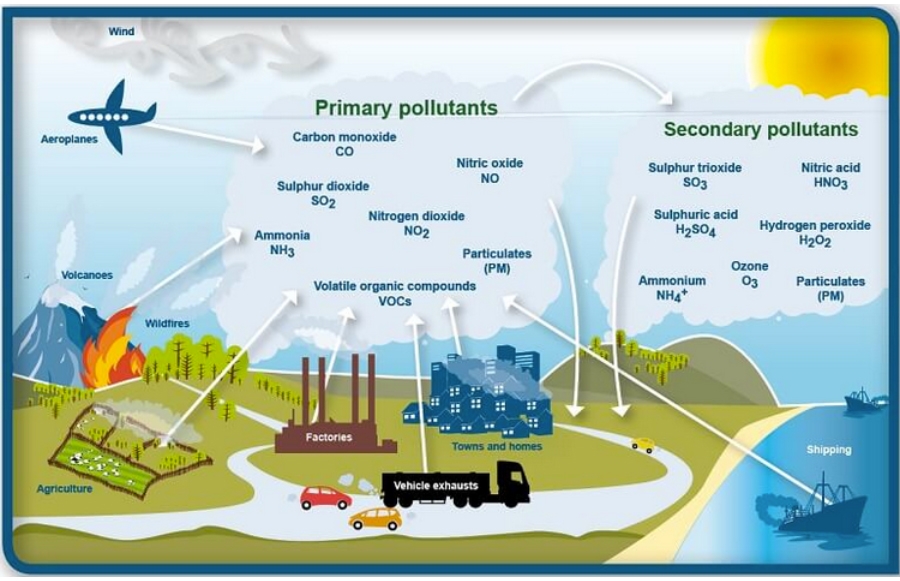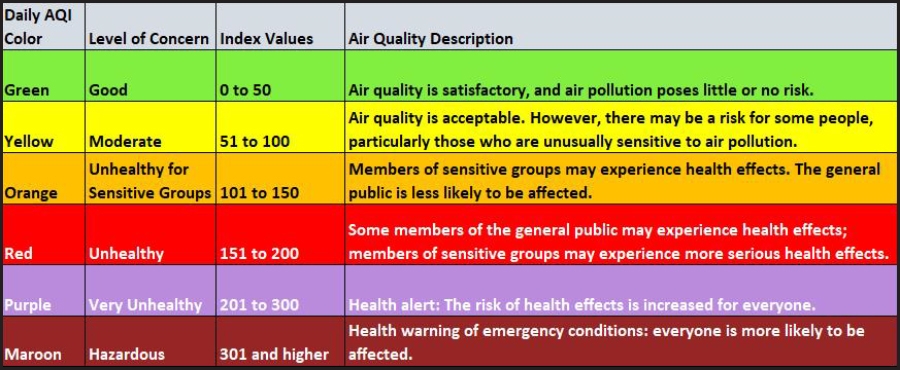Building Automation and Control Networks.
BACnet.
An industry staple that continues to revolutionize both building automation and the world of HVAC. Is it any wonder that more and more suppliers and distributors are broadening their spheres to keep up with the demand from customers? And for good reason!
So how did BACnet get started?
During the summer of 1987, ASHRAE had an inaugural committee meeting* where the topic of conversation was focused on creating a standard open protocol for the building automation industry. The committee was comprised of three distinct working groups: Data Type and Attribute Working Group, Primitive Data Format Working Group, and Application Services Working Group. They all worked together to create a consensus regarding a standard for BACnet. And in 1995, they achieved their goal by creating ASHRAE/ANSI Standard 135.
As an important note—we of course can’t forget the “Father of BACnet” himself, Michael Newman, whose dedication and commitment to what BACnet could one day become truly helped it reach new heights.
But what really makes BACnet so great? Well, as ASHRAE puts it, “BACnet provides a comprehensive set of messages for conveying encoded binary, analog, and alphanumeric data between devices including, but not limited to:
(a) hardware binary input and output values,
(b) hardware analog input and output values,
(c) software binary and analog values,
(d) text string values,
(e) schedule information,
(f) alarm and event information,
(g) files, and
(h) control logic.
It models each building automation and control computer as a collection of data structures called objects, the properties of which represent various aspects of the hardware, software, and operation of the device. These objects provide a means of identifying and accessing information without requiring knowledge of the details of the device’s internal design or configuration.” (Read more about Standard 135-2016 here.)
Another interesting aspect of BACnet is that it’s not proprietary information. So because it’s an open protocol system, anyone can write it. It just needs to follow basic rules, commands, and of course industry standards. Talk about an easily accessible feat of technology that the industry is lucky to have!
BTL Certification
What is BACnet Testing Laboratories (BTL)? The entity was developed and is also operated by BACnet International. They support interoperability testing and compliance testing activities when it comes to all things BACnet, while also overseeing the global product certification program and administering the BTL Working Group (BTL-WG).
Some of the responsibilities of the BTL as defined by them are as follows:
- Develop and maintain the BACnet product test requirements and testing policies
- Operate the global BTL Certification Program for BACnet
- Maintain a public listing of BTL Certified products
- Recognize testing laboratories suitable for certification testing
- Organize the annual BACnet International-sponsored Interoperability Workshop (PlugFest)
(Read more about BTL here.)
With BACnet being a leader in communication protocol for building automation and control networks, it’s allowed for an all-new era of communication and reporting for the world of HVAC and BAS. The industry continues to make leaps and bounds when it comes to this technology, and we cannot wait to see where it leads us next.
Our new, improved product detail pages now provide you with more in-depth information on our BACnet offering. Take a look at the following BACnet product detail pages to see what they can offer your customer’s building or facility:
Have a BAS or HVAC need? Kele can help! Call us today or chat with us on kele.com for custom solutions for your unique job specifications.
*To take a look at the original meeting notes from the inaugural committee meeting click here.




 A
A  A Globe Valve is comprised of a linear travel plug that fits into a seat enclosed within a spherical body, which is where it gets its name. The flow is adjusted by moving the plug up or down, in proximity to the seat. When fully closed, the plug seals off the flow. Globe Valves are used in HVAC systems to regulate, throttle, or isolate flow. They are especially useful when precise flow control is needed, such as in hot water heating systems, steam systems, or in chillers where modulating flow is important for system performance.
A Globe Valve is comprised of a linear travel plug that fits into a seat enclosed within a spherical body, which is where it gets its name. The flow is adjusted by moving the plug up or down, in proximity to the seat. When fully closed, the plug seals off the flow. Globe Valves are used in HVAC systems to regulate, throttle, or isolate flow. They are especially useful when precise flow control is needed, such as in hot water heating systems, steam systems, or in chillers where modulating flow is important for system performance.




